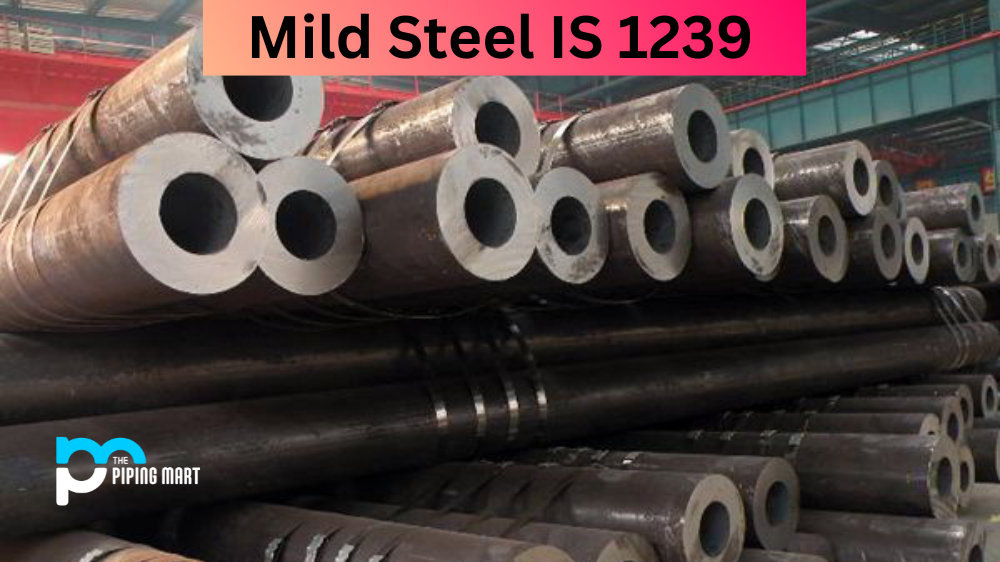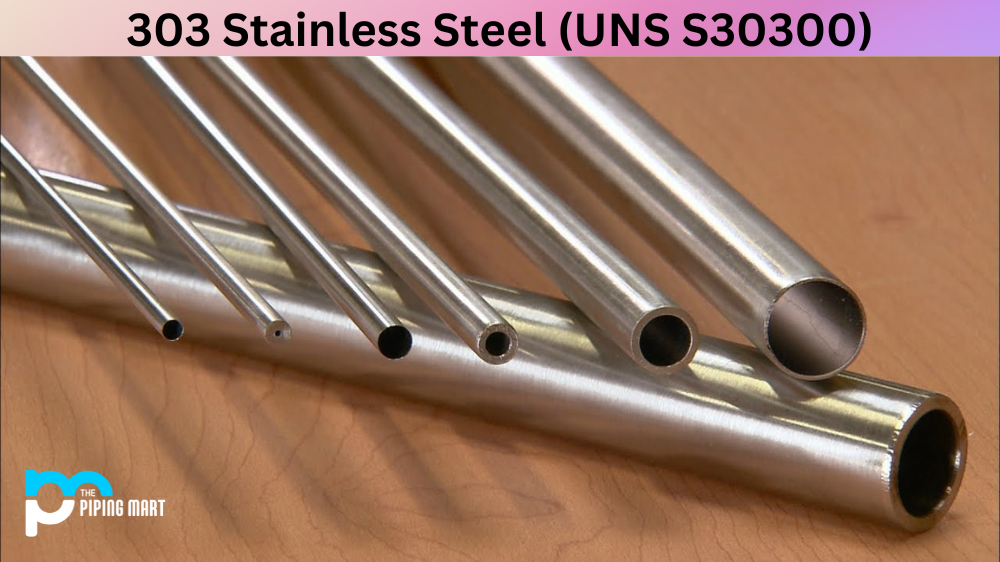SAE / AISI 1566 steel is a high-carbon alloy steel that has excellent wear resistance and strength characteristics. It is often used in the production of springs, bearings, gears, and valves due to its versatility and durability. SAE/AISI 1566 Carbon Steel, also known as UNS G15660, is a highly sought-after steel in various industries due to its exceptional properties. This type of steel is an alloy of carbon and iron, making it strong, durable, and malleable. With a good balance of toughness and hardness, AISI 1566 Steel is used for many applications such as springs, shock absorbers, and even swords. The composition of 1566 carbon steel includes elements such as manganese, sulfur, phosphorus, and silicon, which contribute to its impeccable properties. Its excellent wear resistance and fatigue strength make it ideal for use in heavy-duty equipment such as construction machinery and trucks. In summary, AISI 1566 Carbon Steel is one of the most versatile and durable types of steel out there, making it an excellent choice for numerous industrial applications. This blog post will discuss the uses, corrosion resistance, heat resistance, heat treatment, machining and welding of SAE / AISI 1566 steel.
What Forms of AISI 1566 is Available at Piping Mart?
- Nut
- Bar
- Bolt
- Pipe
- Screw
- Tubing
- Valves
- Washers
- Flanges
- Fasteners
- Electrodes
- Stud Bolts
- Sheet Plates
- Pipe Fittings
- Forged Fitting
- Instrumentation Fittings
AISI 1566 Composition
| standards | C | Si | Mn | P | S |
| AISI 1566 | 0.60~0.71 | — | 0.85~1.15 | ≤0.04 | ≤0.05 |
AISI 1566 Physical Properties
| Quantity | Value | Unit |
|---|---|---|
| Thermal expansion | 16 – 17 | e-6/K |
| Thermal conductivity | 16 – 16 | W/m.K |
| Specific heat | 500 – 500 | J/kg.K |
| Melting temperature | 1370 – 1400 | °C |
| Service temperature | 0 – 500 | °C |
| Density | 8000 – 8000 | kg/m3 |
| Resistivity | 0.7 – 0.7 | Ohm.mm2/m |
AISI 1566 Mechanical Properties
| Properties | Conditions | ||
|---|---|---|---|
| T (°C) | Treatment | ||
| Density (×1000 kg/m3) | 7.7-8.03 | 25 | |
| Poisson’s Ratio | 0.27-0.30 | 25 | |
| Elastic Modulus (GPa) | 190-210 | 25 | |
| Tensile Strength (Mpa) | 1158 | 25 | oil quenched, fine grained, tempered at 425°C |
| Yield Strength (Mpa) | 1034 | ||
| Elongation (%) | 15 | ||
| Reduction in Area (%) | 53 | ||
| Hardness (HB) | 335 | 25 | oil quenched, fine grained, tempered at 425°C |
AISI 1566 Thermal Properties
| Properties | Conditions | ||
|---|---|---|---|
| T (°C) | Treatment | ||
| Thermal Conductivity (W/m-K) | 42.7 | 100 | |
| Specific Heat (J/kg-K) | 477 | 50-100 | |
AISI 1566 Uses
SAE / AISI 1566 steel is typically used in the production of springs, bearings, gears, and valves due to its excellent wear resistance properties as well as its strength characteristics. This type of steel is also used for automotive parts such as axles and cams. Additionally, it is commonly found in tools such as knives and saw blades.
AISI 1566 Uses in Industries
- Automotive Industry
- Construction Industry
- Agricultural Equipment
- Aerospace Industry
- Oil & Gas Industry
- Manufacturing Industry
AISI 1566 Corrosion Resistance
SAE / AISI 1566 steel has good corrosion resistance when exposed to water or moisture due to its high carbon content. However, it should be noted that this material may experience slight surface rusting if left exposed to moisture or water for extended periods of time without proper protection. Proper protective coatings should be applied when using this material in order to prevent rusting or corrosion over time.
AISI 1566 Heat Resistance
SAE / AISI 1566 steel has good heat resistance up to 800°C (1472°F). At temperatures above 800°C (1472°F), it begins to lose its strength and hardness, which can lead to reduced performance over time if not properly monitored. Therefore, it is important to monitor the temperature of this material if exposed to high temperatures for long periods of time in order to ensure optimal performance.
AISI 1566 Heat Treatment
SAE / AISI 1566 steel can be hardened by heating the material up to 830°C (1526°F) followed by quenching in oil or water depending on the desired hardness level. This process helps increase the hardness of this material, making it more durable for use in applications where wear resistance is needed, such as bearing races or gear teeth. Additionally, tempering can be done at lower temperatures than hardening to reduce brittleness while maintaining adequate hardness levels for many applications.
AISI 1566 Machining
Machining SAE/AISI 1566 steel can be done with conventional tools, but extra care must be taken due to its higher carbon content which makes it prone to cracking along grain boundaries during machining operations if not done correctly. It is recommended that slower speeds are used when machining this material, with cobalt HSS tools being preferred over carbide-tipped tools due to their superior toughness at higher speeds which help reduce cracking during operations such as drilling or tapping. Additionally, cutting fluids should be used during machining operations to reduce friction between the tool and workpiece while also helping cool down both components, which will help extend tool life while preventing cracking from occurring during machining operations.
AISI 1566 Welding
Welding Of SAE/AISI 1566 Steel Welding of SAE/AISI 1566 steel can be done using standard arc welding techniques, but caution must be taken due to its higher carbon content which makes it more susceptible to cracking than other steels when subjected to thermal stress during welding operations. Preheating prior to welding helps minimize potential cracking by reducing thermal shock to the workpiece during welding operations. Additionally, low hydrogen electrodes should be used when possible to further reduce the risk of cracking. Post-weld cleaning should also be performed after welding is complete to remove any remaining contaminants on the surface, which could lead to corrosion over time.
Conclusion:
By utilizing all these aspects, you will have a better understanding of why SAEIAI566 steel is one of the most popular alloy steels today. Its exceptional wear-resistance and strength characteristics make it ideal for use in a variety of applications ranging from automotive parts to industrial machinery. Its ability to withstand corrosion and high-temperature environments makes it a very versatile material in many industries. With proper care and attention given during fabrication, SAE I AI 566 steel can provide years of reliable service. As always, safety measures should be taken while handling metals, especially those with high carbon contents, such as SAE IAI 566 steel. Also, consulting professional advice when using SA E IA I 56 6 steel is highly recommended for best results..”

Abhishek is a seasoned blogger and industry expert, sharing his insights and knowledge on various topics. With his research, Abhishek offers valuable insights and tips for professionals and enthusiasts. Follow him for expert advice on the latest trends and developments in the metal industry.




